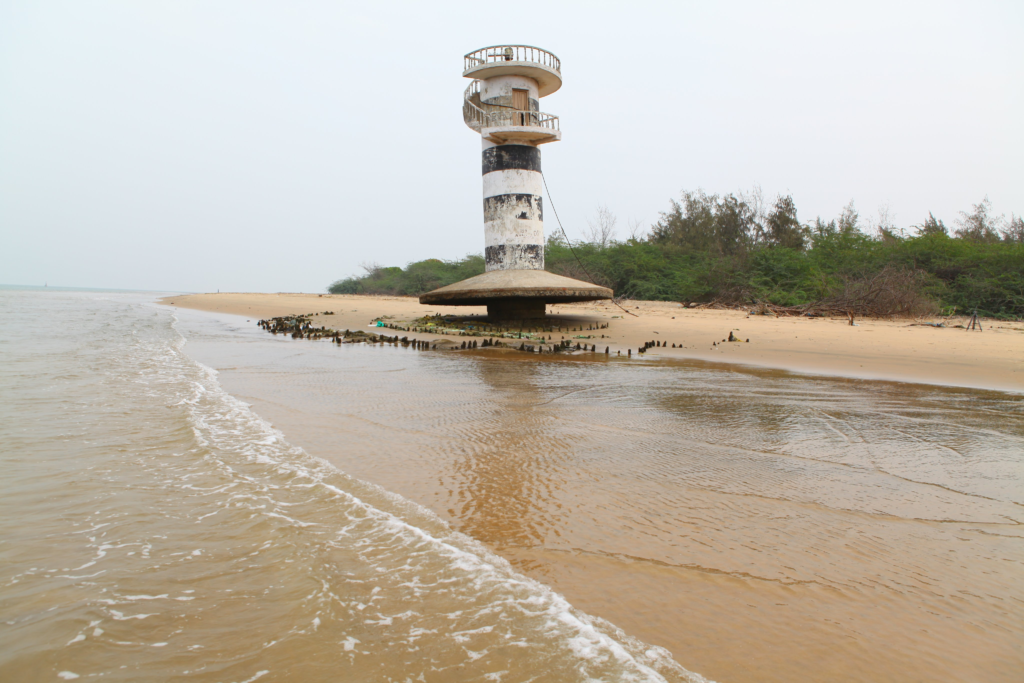Meta Description:
Discover the enigmatic beauty of Alfred Caves, a hidden marvel in the heart of nature, home to fascinating bat colonies and an ecosystem shrouded in mystery.
Table of Contents
- Introduction
- The Hidden Gem: Where Are Alfred Caves?
- Geological Formation and Structure
- A Home for the Winged Nightwatchers
- The Role of Bats in the Ecosystem
- Myths, Legends, and Local Beliefs
- Conservation and Challenges
- Ecotourism and Responsible Travel
- Conclusion
Introduction
Nestled in the heart of nature and away from the chaos of modern life, the Alfred Caves are a lesser-known natural marvel that few have ventured to explore. These caves are not just geological wonders but are also home to one of the most captivating and misunderstood creatures of the night—the bat. Together, the caves and their nocturnal residents form a delicate ecosystem that tells a story of evolution, survival, and the balance of nature.
The Hidden Gem: Where Are Alfred Caves?
Located in a secluded region that often escapes the spotlight of mainstream tourism, the Alfred Caves are a chain of limestone caverns enveloped by dense forests and untouched landscapes. They are believed to lie in the northeastern part of India, likely within the biodiversity-rich zones of Meghalaya or Arunachal Pradesh. While exact mapping is sparse, this mystery only adds to their allure, making them a destination for the truly adventurous and the ecologically curious.

https://images.app.goo.gl/HBkbRAzc3gPu4jkU7
Geological Formation and Structure
The Alfred Caves are primarily formed from limestone, sculpted over millennia by the slow, persistent work of water and time. Stalactites and stalagmites line the chambers, creating a surreal interior that feels both alien and ancient. Some parts of the cave system are narrow and winding, while others open up into massive halls echoing with the flutter of wings and dripping water. The dark interiors are cool and damp, providing the perfect conditions for the creatures that dwell within.
A Home for the Winged Nightwatchers
The caves are perhaps best known for being home to several species of bats, which use the dark, undisturbed environment as a sanctuary. These creatures, often misunderstood and feared, play a critical role in the local ecosystem. From tiny insectivorous bats that feast on mosquitoes to larger fruit bats that help with seed dispersal, the caves are alive with activity, especially during dusk and dawn when the bats take flight in mesmerizing formations.
The diversity of bats found here is remarkable. Some of them are endemic to the region, meaning they are found nowhere else on Earth. The colony sizes can range into the thousands, and during certain seasons, the caves become a dynamic breeding ground teeming with life and energy.
The Role of Bats in the Ecosystem
Bats are nature’s unsung heroes. Their nightly foraging helps control insect populations, including agricultural pests, reducing the need for chemical pesticides. Fruit bats are excellent pollinators and seed dispersers, playing a crucial role in forest regeneration. The guano (bat droppings) they leave behind is a powerful natural fertilizer, enriching the soil and supporting plant life both inside and outside the caves.
Despite their importance, bats are often associated with fear and superstition, which has contributed to their neglect in conservation efforts. Understanding the vital ecological roles they play is key to protecting not just them, but the wider environment.

https://images.app.goo.gl/ACm2TiZwYHWJ7F4U8
Myths, Legends, and Local Beliefs
The Alfred Caves are steeped in local folklore. Villagers from nearby areas often speak of spirits and ancient guardians that dwell within the caves. Some believe the caves were once sacred chambers of meditation, while others consider them taboo, entering only during rituals or festivals.
These myths, while often rooted in superstition, have also helped preserve the caves. Fear of disturbing the spirits has led many to avoid interfering with the ecosystem, inadvertently aiding conservation.
Conservation and Challenges
While the relative obscurity of the Alfred Caves has helped preserve their pristine condition, this natural wonder is not without its threats. Deforestation, unregulated tourism, and climate change pose significant risks. As more explorers and researchers begin to take interest in the caves, there is a pressing need for sustainable exploration and environmental protection.
Efforts must be made to map the caves thoroughly, monitor bat populations, and educate nearby communities and visitors about the importance of preserving such a unique ecological site.
Ecotourism and Responsible Travel
There is immense potential for the Alfred Caves to become a model for ecotourism. Guided cave tours that focus on education, conservation, and minimal disturbance could provide local communities with economic benefits while fostering a sense of stewardship for the caves.
Travelers interested in visiting should approach with respect and awareness. Avoiding loud noises, using dim lights, and refraining from touching cave formations or disturbing the bats are small steps that can make a big difference.
Conclusion
The Alfred Caves are more than just a cluster of underground chambers—they are a living, breathing ecosystem that encapsulates the mysteries of nature. The bats that call these caves home are not harbingers of darkness, but vital players in the circle of life. As we continue to explore and understand this hidden gem, it becomes increasingly clear that protecting such wonders is not just a duty but a privilege.
Exploring the Alfred Caves is like stepping into a world untouched by time, where the secrets of the earth whisper through stone and wing. For those who listen, the message is clear: in protecting the wild, we protect ourselves.









